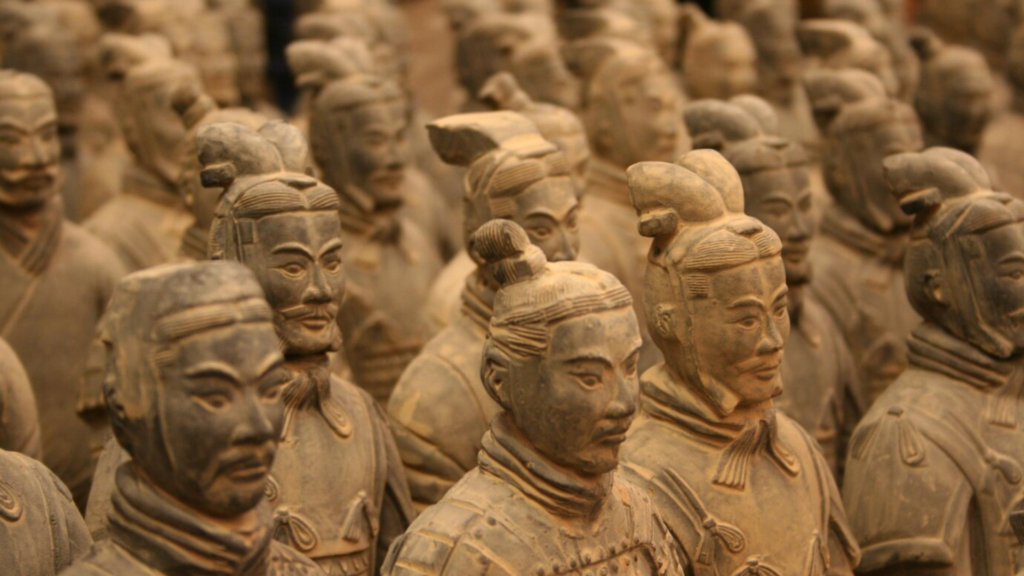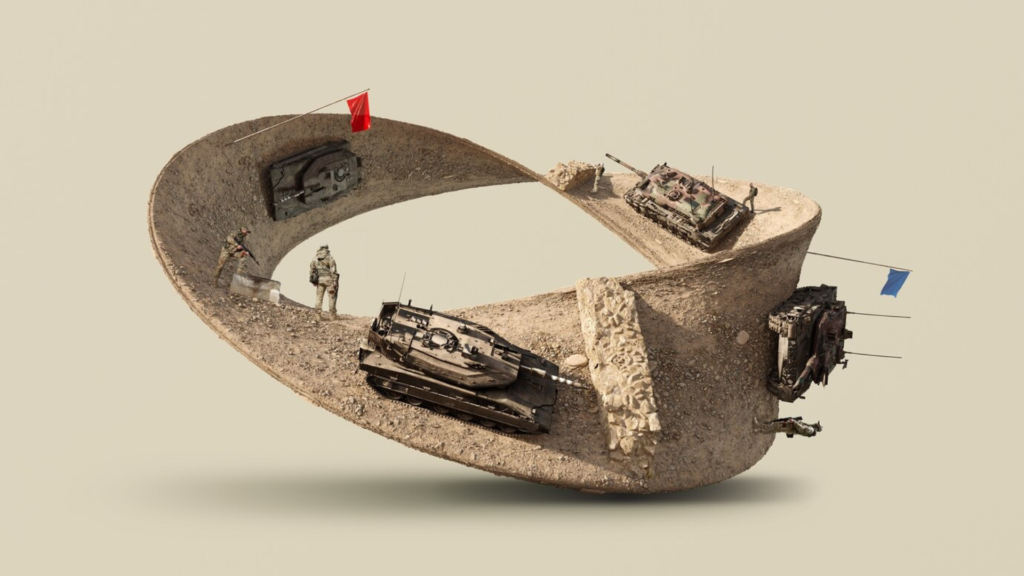Contributions of Islamic Civilization to Science and Art
The Muslim world reached its peak of scientific and cultural advancement throughout the Middle Ages. Al-Andalus and the Sicilian Emirate helped spread knowledge and ideas to Europe. They are translations from Latin to Arabic of scientific writings from the 12th century on astronomy, algebra, natural sciences, and medicine. The Muslim world had a big impact on many parts of Europe, such as art, farming, alchemy, music, pottery, and more. Arabic philosophical books were translated into Latin, which changed almost all areas of philosophy in the medieval Latin world.
Muslim philosophers had a big effect on natural philosophy, psychology, and metaphysics, in particular. The Chinese development of paper, the compass, and gunpowder, as well as industrial and scientific advances along the Silk Road, were also important. Some of the original ideas that came out of the golden age of Islam had an impact on other parts of medieval European culture. This is when most Arabic words made their way into Western European languages, especially English. Most of them came from Old French.
In the past, places like Antioch in the Levant had a lot of Arab and Latin culture mixed together

This includes old star names like Aldebaran, scientific names like alchemy (which became chemistry), algebra, algorithms, and so on, as well as names of products like sugar, camphor, cotton, coffee, and so on. During the Middle Ages, Europe and Islamic countries had a lot in common. Sicily and Spain (particularly Toledo, where Gerard of Cremona lived from 1114 until 1187, after the Spaniards took the city in 1085) were the principal places where Islamic knowledge was spread to Europeans. After that, in Sicily, Islamic rule lasted from 965 to 1091, when the Normans took over.
During this time, a mix of Norman, Arab, and Byzantine cultures developed. For example, King Roger II had Muslim poets and scholars come to his court. Moroccan Muhammad al-Idrisi wrote the Book of Pleasant Journeys to Distant Lands, or Tabula Rogeriana, at Roger D. It is one of the best geographical writings from the Middle Ages. [6] In the 11th and 12th centuries, many European intellectuals journeyed to the Muslim world to learn about science. Some good examples are Leonardo Fibonacci (c. 1170–c. 1250), Adelard of Bath (c. 1080–c. 1152), and Constantine the African (1017–1087).
Many European students went to Muslim universities

In the 6th and 7th centuries, Nestorian, Melkite, or Jacobite monks in Palestine (or Greek exiles in Athens or Edessa) translated many classical Greek writings into Syriac, including the works of Aristotle. The Islamic world preserved, translated, and improved hundreds of these books, especially in big cities like Baghdad, where a "House of Wisdom" with thousands of texts existed as early as 832. In turn, Middle Ages academics like Bellac (or Michael Scot), who translated Historia animalium and On the Soul along with Averroes' annotations, [9] could translate them into Latin.
The Christian Aristotelian school of Baghdad in the 11th and 12th century was one of the most important groups of Eastern Christians who used this knowledge. People saw these translations of Latin literature in many places later on. Toledo, Spain (where Gerard of Cremona wrote the "Almagest") and Sicily were the main places where Europeans learned about the Islamic world. Burgundio of Pisa (died 1193) found lost works of Aristotle in Antioch and translated them into Latin. Books Hebrew, Latin, and Ladino were used to translate the works of Arabic philosophers in Islamic Spain.
Averroes had an effect on non-religious thought in Western Europe

Moses Maimonides, a Jewish philosopher; Ibn Khaldun, a Muslim sociologist and historian; Constantine the African, a Carpathian citizen who translated Greek medical works; and Al-Khwarizmi, who collected math skills, were all important figures during the Golden Age. Avicennism and Averroism Avicennism refers to the revival of the Peripatetic school in medieval Europe because of Avicenna's influence, whereas Averroism refers to the revival because of Averroes' influence. Avicenna was one of the most important people who wrote about Aristotle's writings.
He changed some of them by thinking for himself, especially when it came to logic. Latin Avicennism is important not because of Latin work on scientific topics, but because of how Latin speakers reacted to and interpreted the Latin translation of Avicenna. This is because of the controversies and criticisms it caused in scholastic Europe. This was especially true in Paris, where the so-called Arab culture was banned in 1210. However, William of Auvergne and Albert the Great show the effects of his psychology and theory of knowledge.
Conclusion

Averroes disagreed with Avicenna's readings of Aristotle on problems like the unity of the mind. His reading had the biggest impact on medieval Europe. Dante Alighieri's book On Monarchy supports the idea of a secular state in the Averroist vein. Existence before essence was another theory that Averroes came up with [14]. George McDaid (1989) says that Renaissance humanism may have come from two specific parts of medieval Islam: the humanistic way of looking at classical language and the art of dictation, which is called the art of dictation in Latin.
He says that the medieval Italian use of the phrase ars dictaminis is the best way to express the dictation that was part of Arabic scholarship (where adding vowel sounds to the spoken word was important). He also argues that the way medieval humanists looked up to classical Latin more than medieval Latin matches best with how people reacted to Arabic science, which was the study of the classical Arabic language of the Quran instead of the medieval Arabic[16].
Komentar
Posting Komentar